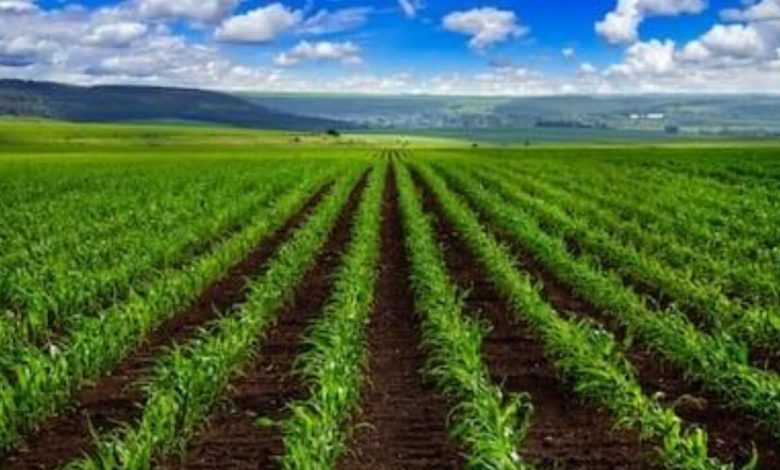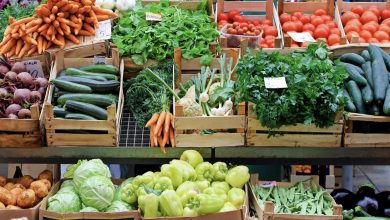Agriculture in Zimbabwe: Recovery After the 2010 Slump

Zimbabwe’s agricultural sector has faced numerous challenges over the years, but recent developments suggest a promising recovery from the 2010 slump. This article explores the current state of agriculture in Zimbabwe, examining both positive trends and ongoing challenges.
Background on the 2010 Slump
The year 2010 marked a significant downturn for Zimbabwe’s agricultural sector. Factors contributing to this slump included drought conditions affecting crop yields and economic instability. Therefore, this led to reduced investment in farming and political uncertainty impacting farmer confidence. These challenges resulted in a substantial decline in agricultural production, with far-reaching consequences for the country’s food security and economy.
Recent Recovery Efforts
However, since the 2010 slump, Zimbabwe has implemented various strategies aimed at revitalising its agricultural sector. Government-led initiatives to promote land reform and redistribute arable land to small-scale farmers have been particularly effective. Increased focus on irrigation projects to mitigate drought risks has also shown promise. Support programs for local farmers, including training and access to inputs, have helped boost confidence in the sector.
Current State of Agriculture in Zimbabwe
According to recent statistics, agriculture remains a vital component of Zimbabwe’s economy. The sector contributes approximately 20 percent to GDP. Also, employment opportunities in agriculture account for nearly half of the workforce. Crop diversity is in increase, with both traditional and modern farming methods being under practice. However, challenges persist, particularly in some areas. These include limited access to credit for small-scale farmers, ongoing issues with land ownership and tenure. Additionally, climate change impacts on crop yields and livestock productivity are making it hard for farmers to boost their areas of expertise.
Technological Advancements in Farming
Moreover, modern technology is playing an increasingly important role in Zimbabwe’s agricultural landscape. Precision farming techniques are being adopted to enhance efficiency and reduce waste. Mobile apps and digital platforms are facilitating better communication between farmers, input suppliers, and markets. Drone technology is under use for crop monitoring and management. These innovations contribute significantly to the sector’s continued growth and resilience.
Challenges Facing the Agricultural Sector
Nonetheless, while progress is happening, several obstacles continue to hinder full recovery. Infrastructure limitations, including inadequate transportation networks and storage facilities, remain a challenge. Regulatory frameworks that sometimes conflict with market realities also pose difficulties. Dependence on imported inputs, which can lead to economic vulnerabilities, continues to be a concern.
International Cooperation and Support
Furthermore, Zimbabwe has been engaging in international partnerships to strengthen its agricultural sector. Collaboration with neighbouring countries through regional trade agreements aims to leverage expertise and resources to accelerate the sector’s development. Participation in global forums discussing sustainable agriculture practices demonstrates Zimbabwe’s commitment to best practices. Receipt of technical assistance and funding from international organisations has provided valuable support to farmers and policymakers alike.
Conclusion: A Brighter Outlook for Agriculture in Zimbabwe
While the road to full recovery has been long and challenging, the current trends suggest a promising future for agriculture in Zimbabwe. The sector’s resilience and adaptability in the face of adversity demonstrate its importance to the nation’s economy and food security. As Zimbabwe continues to navigate its path towards economic stability, the agricultural sector stands poised to play a crucial role in the country’s development. With ongoing support from government initiatives, technological advancements, and international cooperation, the outlook for agriculture in Zimbabwe appears increasingly optimistic.





